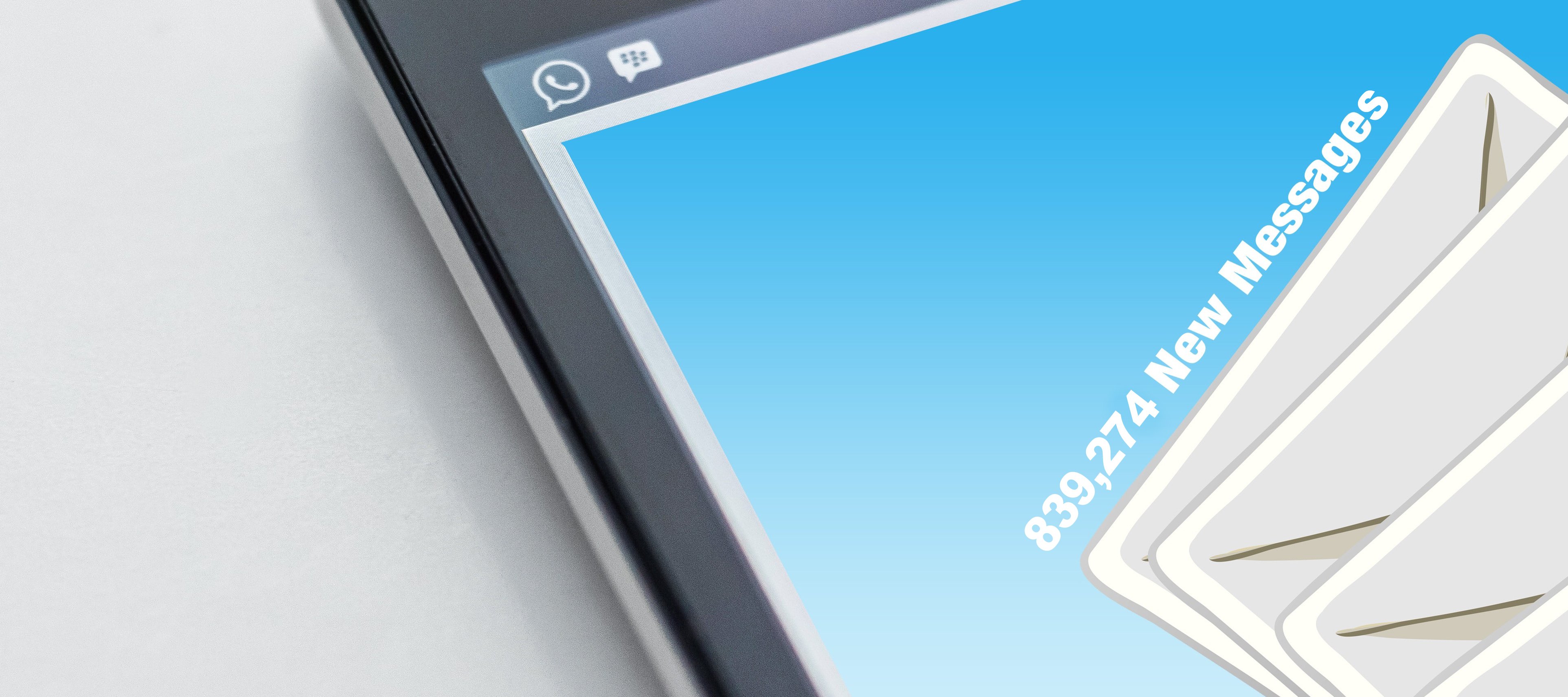
5 Rules to Grow Your Email List and Give Supporters What They Want

People love your charity. They “like” you on Facebook and share your stories with their friends. They volunteer their time and donate to support your mission.
In fact, your community loves you so much that they WANT to receive emails from you! It’s true that, more and more, we hear about unmanageable inboxes and invasive spam messages. HOWEVER, we also know that your donors are interested in signing up for more email if it comes from you.
Communicating with your supporters via email is a win for your nonprofit, too. Emails enable you to share donor newsletters, event invitations, cultivation appeals, volunteer opportunities, surveys, and more.
Here Are 5 Rules to Grow Your Email List in a Way That Doesn’t Leave Subscribers With Opt-In Remorse
1. Make it easy to sign up.
How many clicks does it take to sign up for email from your homepage? Map out the user experience journey and update your homepage to make signing up for email communications easy.
Pro Tip: Add the email signup fields and button directly to your homepage. Or include a prominent button in your homepage header that links to an email signup page. Then walk through the process as if you were a new visitor to the site and eliminate roadblocks to signing up.
2. Don’t be greedy for their information.
Yes, you want your supporters to volunteer and provide a mailing address for your direct mail efforts. And to give you their phone number for future telemarketing efforts. And to tell you about themselves — birthday, spouse’s information, demographic data, etc. But this is not the time for any of that! Email signup should be used for one purpose only: capturing emails.
Pro Tip: Your signup form should only ask for first name, last name, and email address. There will be time for more data collection through future communications. Don’t scare supporters away with a long form that asks for lots of information they may not be ready to share.
3. Be honest about what you’re delivering.
Be up-front with your supporters about what they’ll receive after hitting that “Subscribe” button. A general call-to-action, like “Sign up to get updates and information” is preferable to “Sign up for newsletters.” Likely, you’ll want to use your supporter’s email address to send more than just newsletters.
Pro Tip: If you have the capability and a plan in place to follow through with more detailed subscription options, then offer those, as well. Don’t offer more options than you are able to deliver.
4. Treat subscribers as you would like to be treated.
Data privacy is an important topic in digital marketing, and your supporters need to trust you with their data. Tell them what your policies are and how their data will be managed. Maybe you’d never consider selling or renting your supporter’s email address to another organization, but they may not know that. So outline for them in easy-to-understand language the care you will take in securing their data.
Pro Tip: Some small print under the “Subscribe” button may be just the extra assurance they need to trust you with their information. Here are some suggestions:
- Please know we value your privacy and never rent or sell our email lists.
- Your personal information will be kept confidential and will never be sold to third parties.
- If at any time you would like to unsubscribe from this list, you can do so using the link found at the bottom of every email we send to you.
5. Understand your technology.
When someone signs up for email, where does their information go? This might seem like a simple question, but it’s one that a lot of nonprofits have a hard time answering. Does their info get emailed to someone on staff? Automatically saved to a database? And, wherever it’s going, how quickly will this person start to receive emails from you? Some email marketing systems offer signup forms that will log signups directly onto an email list — which may mean an email goes out immediately. Other databases offer similar options that would add that signup to the database, either as an update to an existing record or by creating a new record.
Pro Tip: Map out the process you use and look for ways to make it more efficient. Make sure it aligns with your intended communication strategy. After all, that’s why you have a great plan to reach your supporters in the first place!
Love your supporters and they’ll love you back. Make it easy for them to invite you into their inboxes, and make it useful for you, too. This will likely be the first relationship-building interaction you have with them, so make it a great one!
